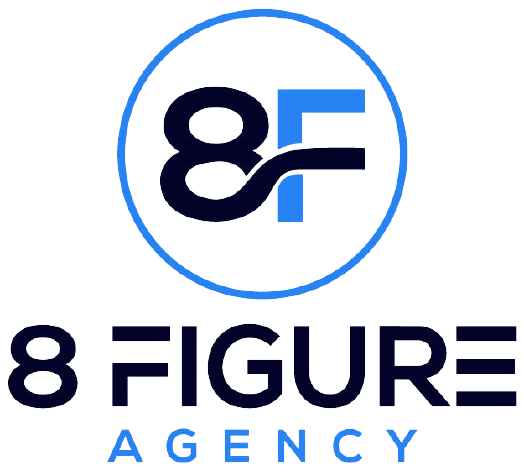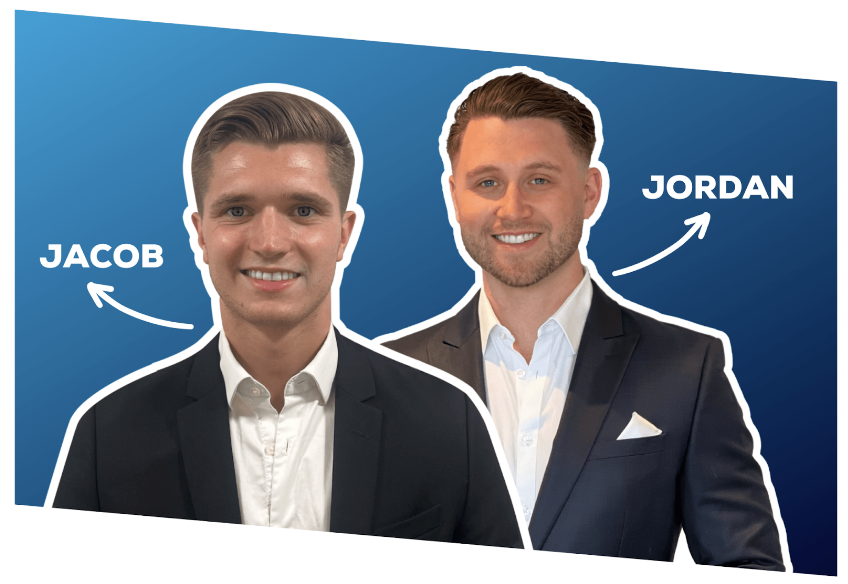Your profit and loss statement (P&L) is a highly effective agency operations and agency management tool that can show you not only where you were, but where you are today. It can also help you forecast where you are headed, where you want to go, and where you don’t want to go.
A lot of agencies struggle with how to manage a P&L statement. This is because they see their P&L statement purely as a fundamental part of agency management. They simply see a lot of line items and the amount of time and work it takes to create and manage a P&L statement effectively. They fail to see it as one of the most beneficial tools for your entire agency management and operations.
What is a P&L Statement?
A Profit and Loss statement is a report that shows your agency’s revenue and expenses over a while, typically one month. The report includes your agency’s total income, minus any expenses incurred to generate that income.
Managing a P&L statement is critical for any agency owner or manager. After all, your P&L statement is one of the most important financial tools you have to manage your agency effectively.
What is The Purpose of a P&L Statement?
The purpose of a P&L statement is to give you a clear picture of your agency’s financial health. It shows you how much revenue your agency is generating and where that revenue is coming from. It also shows you what expenses are being incurred to generate that revenue.
Knowing how to build and manage your P&L statement is essential to running your agency effectively. By understanding your P&L statement, you can make informed decisions about where to allocate your resources and how to grow your agency.
How To Make a P&L Statement
The first step in managing a P&L statement is to understand the components of a P&L statement. You probably know this already, but the three main components of a P&L statement are:
1) Income: This is the total revenue generated by your agency over a period of time, minus any refunds or discounts.
2) Expenses: This is the total amount of money your agency spends to generate income. This includes things like advertising, office space, salaries, and so on.
3) Profit: This is the difference between your agency’s income and expenses. If your expenses are higher than your income, you have a loss. If your income is higher than your expenses, you have a profit.
How To Build a P&L Like A Spreadsheet Jedi
Once you understand the components of a P&L statement, you can begin to manage your P&L effectively. Here are a few tips:
Your Agency Story
Managing a P&L statement should be viewed as more than just numbers. It’s the story of your agency.
- How much revenue did you bring in when you first started?
- Where is your agency today in terms of money coming in and money going out?
- Have you improved your spending through tighter agency management and day-to-day agency operations?
Your P&L statement will answer all of these questions. In fact, it can really answer any question you need to know about your agency’s hard numbers, so long as you set it up correctly. Correctly, meaning the way that’s most beneficial to you and how you run your agency.
Goals Goals Goals
There is no better way to track your goals than through your P&L statement.
Have an ideal figure that you want to stick to for your contract labor and other overhead expenses? Mark it in your P&L statement and see how long it takes to get there.
Can’t get there because another necessary category in your agency management and agency operations is getting in the way? It might be time to adjust your budget or see where else you can make reductions in spending.
Whatever goals you may have for your agency, you can set them up for success by setting up an effective, interactive, and constantly-updated P&L statement.
Correct Problems in Real Time
It’s hard to have an effective agency management and agency operations strategy if you don’t have clear visibility into what your agency is doing in real-time. While progressing towards and hitting your goals is awesome, understanding how to build a P&L statement can also highlight problems far enough in advance that you can correct them now. Instead of when the alarms are going off.
There’s nothing worse than being in panic mode before a shortage of cash on hand. Contractors tend to be pissed when they don’t get paid, and if you’re a contractor-centric agency, that’s the worst spot to be in.
So spend some time this month knowing how to make a P&L statement that works for you. Get into the habit of updating it weekly. It doesn’t have to be complex. You don’t have to be a spreadsheet Jedi. It can be simple but it needs to show you where you are today in your revenue and your spending and it needs to show you where you will be next month and next quarter.
If you prioritize this, your agency management and operations will thank you.
Ready to Tackle Your P&L Demons?
P&L statements can be daunting, but they don’t have to be. With a little bit of knowledge on how to make a P&L statement, managing your P&L will be a breeze! Remember to keep your goals in mind, update your P&L regularly, and be on the lookout for any red flags. With these tips, you’ll be managing your P&L like a pro in no time!
Here at 8 Figure Agency, we are all about helping you accomplish your goals, no matter where you are starting. We can help you master the basics like your P&L statement so that you can set your agency up for success. Schedule your free consultation today to get started.



















































